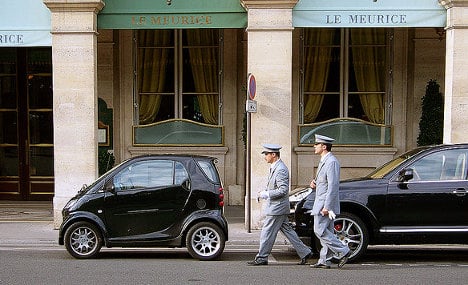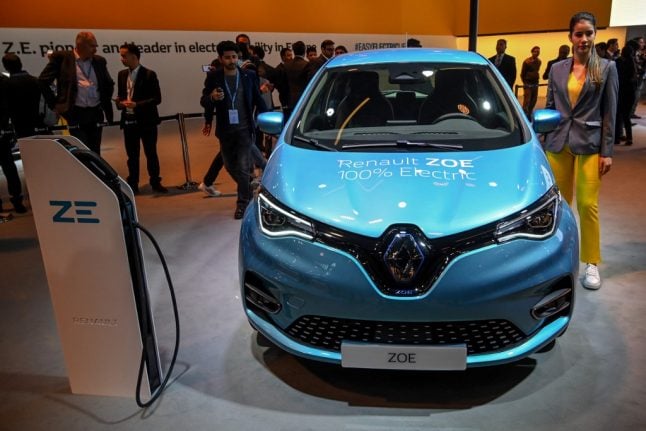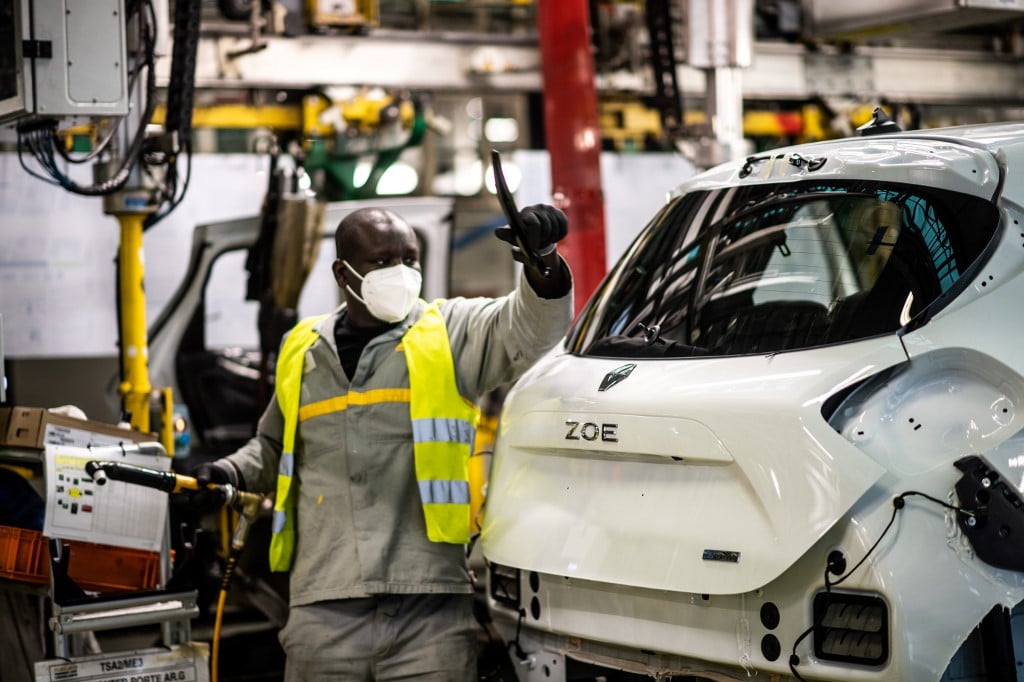CAR
Revealed: The most desirable cars for thieves in France
A motoring group has revealed which cars are the most commonly pinched in France. If you're smart you'll guess what car topped the list.
Published: 20 November 2017 13:02 CET

Photo: A Smart car in Paris. Photo: JR_Paris/Flickr
Around 108,000 cars were stolen in France last year, according to French drivers' organisation 40 Million d'Automobilistes.
That represents a stolen vehicle every five minutes.
But which car is the top choice for thieves?
The organisation revealed on Monday that for the third year in a row it was the Smart ForTwo II that topped the list.
And despite the small city car taking the top spot for yet another year, thieves also showed a penchant for large, luxurious cars.
Hot on the wheels of the Smart were the Range Rover et Range Rover Evoque coming in second and third, respectively.
And the BMW X5 also appeared on the list in tenth place.
1. Smart Fortwo II
2. Land Rover Range Rover
3. Land Rover Range Rover Evoque
4. Ford Fiesta
5. Renault Clio 4
6. Seat Leon
7. Citroën DS3 Découvrable
8. Renault Twingo II
9. Renault Mégane 2
10. BMW X5 E70/LCI
Car magazine AutoPlus revealed last year the electronic faults of the big SUVs which make them easier for thieves to make off with than other, less expensive models.
The group's president Pierre Chasseray said that the thefts were “the work of highly organized gangs with the networks to sell them abroad”.
The study by 40 Million d'Automobilistes which takes into account car thefts carried out from July 2016 to June 2017 also revealed where cars were mostly likely to be stolen.
“In 52 percent of cases, the vehicle was parked in the street, 31 percent were in a parking lot and 12 percent in a garage or a closed car park,” said the study.
On top of that about 21 percent of them take place in the city center, 24 percent in the suburbs and 16 percent of the thefts take place in rural areas.
Url copied to clipboard!




 Please whitelist us to continue reading.
Please whitelist us to continue reading.